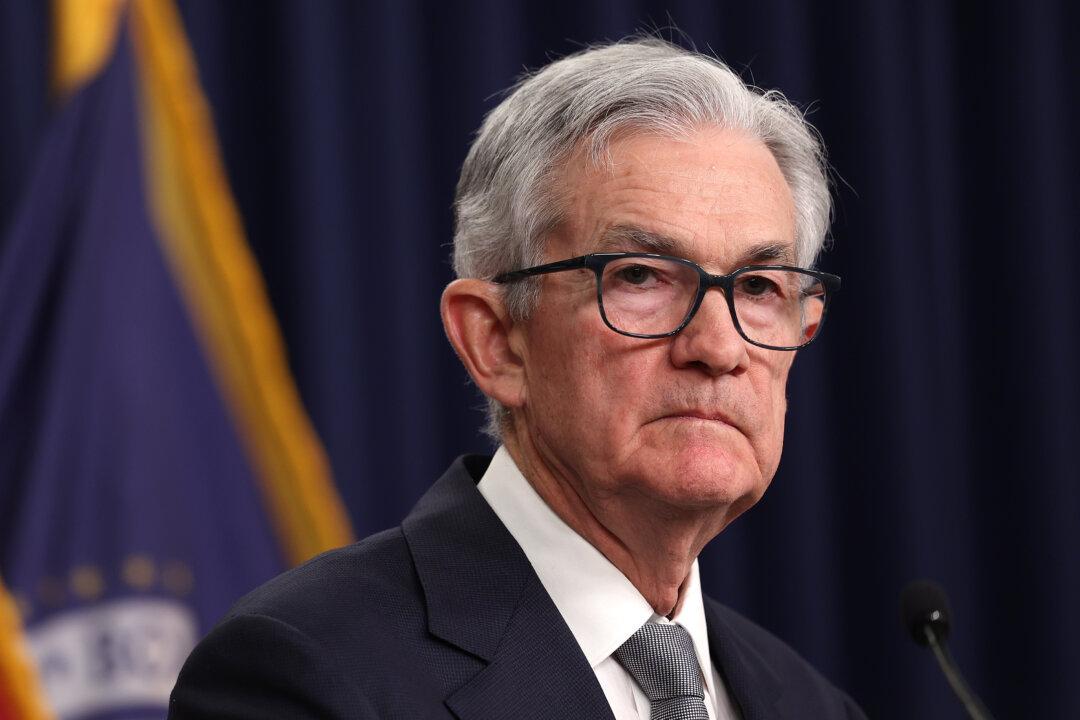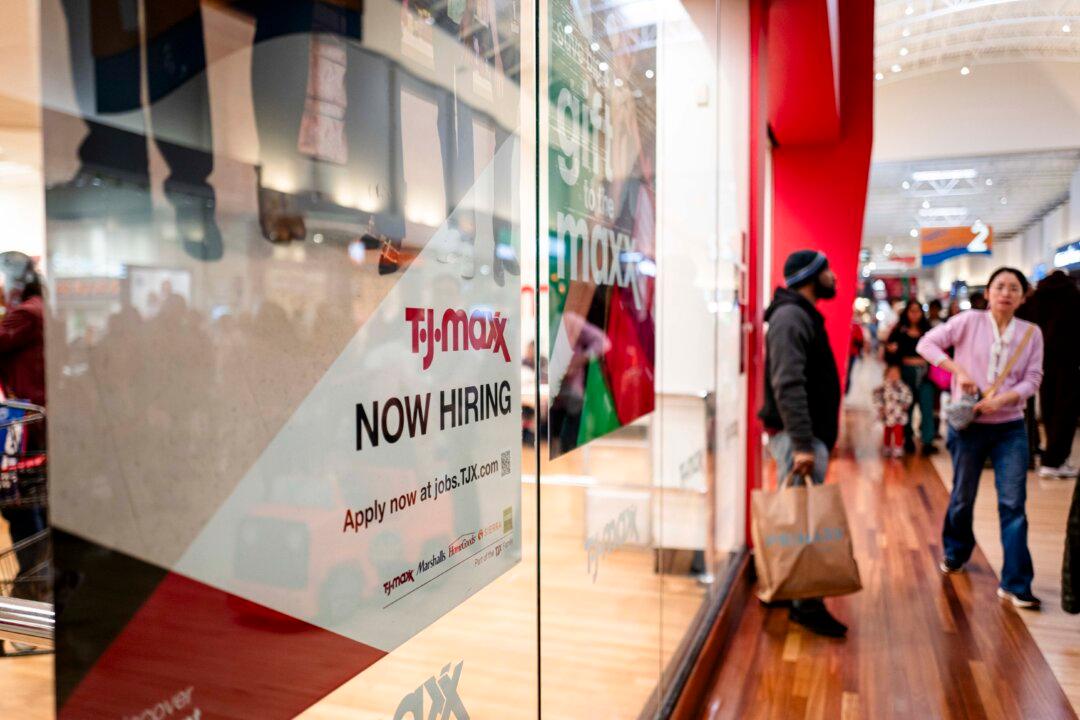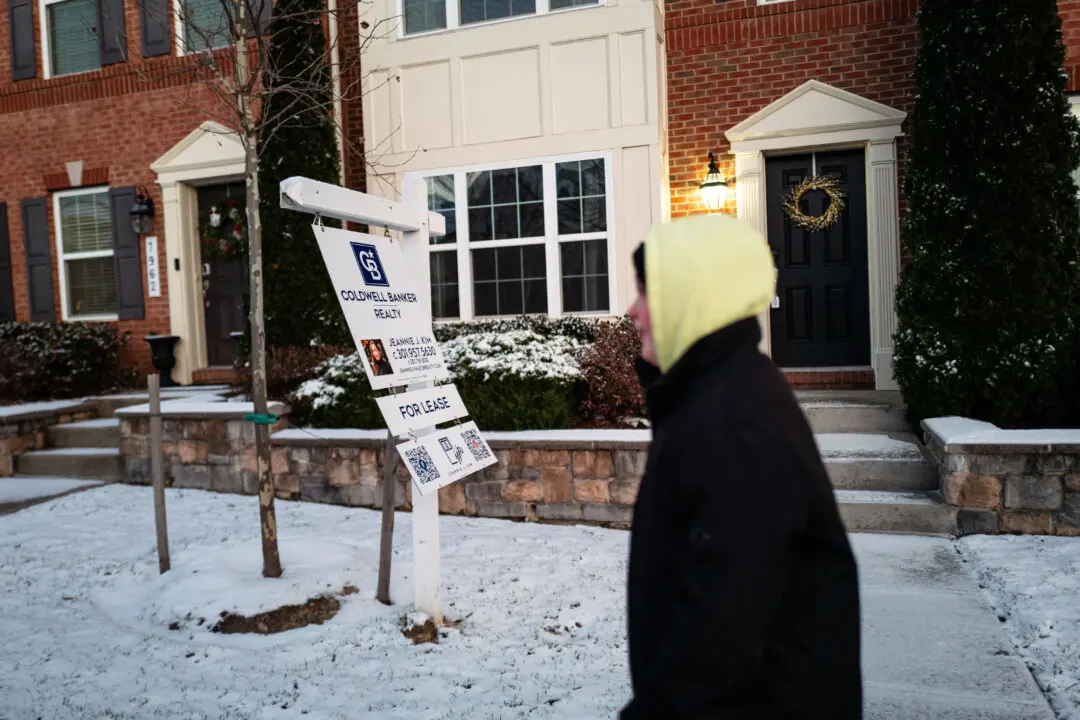Federal Reserve officials gave no indication at their last policy meeting that the central bank will cut interest rates, according to minutes published on Nov. 21.
Rate-setting committee members agreed at the meeting, held on Oct. 31 and Nov. 1, that monetary policy needed to stay in “restrictive” territory until the data highlighted that inflation was sustainably returning to its 2 percent target rate. Policymakers also noted that additional policy tightening might be appropriate if incoming data supported the case for more rate hikes.





